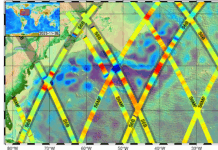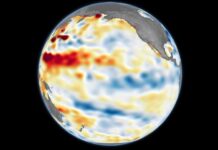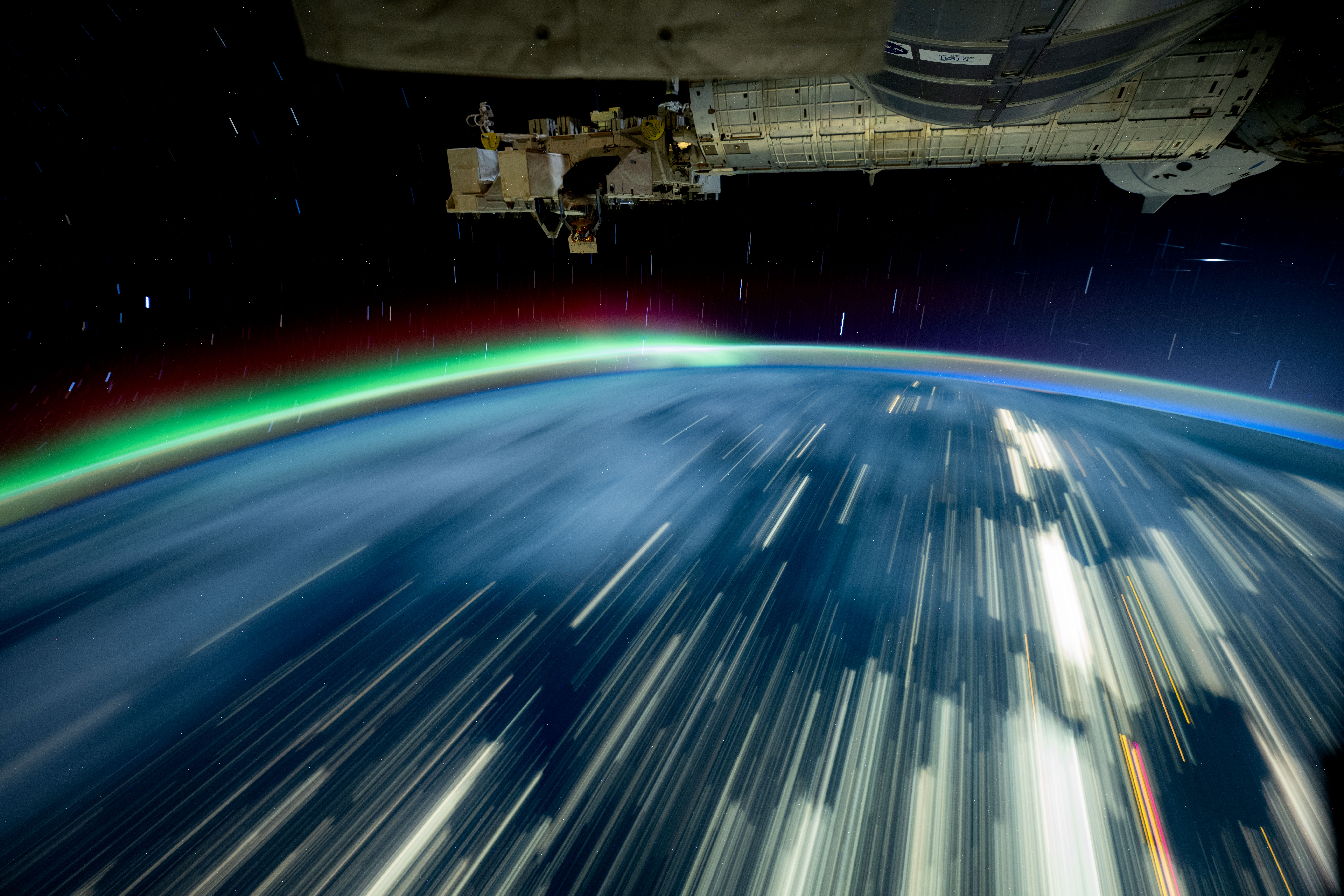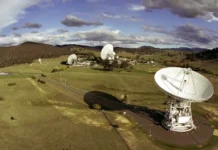For over two decades, NASA has maintained a continuous human presence aboard the International Space Station (ISS), significantly advancing scientific knowledge and achieving research breakthroughs that are impossible on Earth. This effort not only benefits humanity but also serves as a crucial step towards NASA’s ambitious future plans for space exploration, including missions to the Moon under the Artemis program and, eventually, the human exploration of Mars.
One of the critical challenges faced during long-duration space missions is the need for medical procedures, such as simple stitches or more complex surgeries like an emergency appendectomy. Addressing this concern, a small robot successfully conducted simulated surgical procedures on the ISS in early February 2024. Part of the Robotic Surgery Tech Demo, this robot utilized two “hands” to grasp and cut rubber bands, mimicking human tissue. Researchers are now comparing these procedures conducted in the microgravity environment of the space station with those performed on Earth. This comparison helps them understand the effects of microgravity and communication delays between space and ground, which are crucial for future deep space missions.
In a groundbreaking technological achievement, the European Space Agency (ESA) conducted a successful test of the Metal 3D Printer aboard the space station on May 30, 2024. They created a small stainless steel s-curve, marking the first-ever metal 3D print in space. This technology could be a game-changer for future missions, allowing astronauts to print metal parts for equipment maintenance. This capability would eliminate the need for carrying spare parts and tools from Earth, thus reducing mission costs and payload. Beyond space applications, this advancement also holds promise for enhancing additive manufacturing processes on Earth, potentially leading to more efficient production methods.
The ISS orbits roughly 250 miles above Earth, providing astronauts with a unique vantage point for photographing our planet. Over the years, astronauts have captured more than 5.3 million images to monitor Earth’s changing landscape. During Expedition 71 alone, astronauts took over 630,000 images, significantly surpassing the average of around 105,000 images per mission. This year’s notable captures included the April solar eclipse and stunning auroras, coinciding with the peak of the Sun’s 11-year activity cycle. Additionally, astronauts contributed to global disaster response efforts by capturing images related to over 14 disaster events, including hurricanes. In a bid to enhance public search capabilities, 80,000 images were geolocated using machine learning.
From mid-February to mid-March 2024, the Flawless Space Fibers-1 project achieved a remarkable feat by producing over seven miles of optical fiber in space. Notably, one draw of more than half a mile of fiber set a new record, surpassing the previous 82 feet for the longest fiber manufactured in space. The fibers produced in microgravity environments are superior to those made on Earth, owing to the absence of gravity-induced defects. These fibers are crafted from ZBLAN, a glass alloy that boasts more than ten times the transmission capacity of traditional silica-based fibers. The successful production of commercial lengths of fiber in orbit opens new avenues for high-performance communication technologies both in space and on Earth.
In May 2024, the BFF-Cardiac project successfully bioprinted a three-dimensional human heart tissue sample using the Redwire BioFabrication Facility. The microgravity conditions of the ISS allowed these bioprinted tissues to maintain their shape without the need for artificial scaffolds. This breakthrough holds immense potential for creating personalized tissue patches for repairing damage caused by heart attacks and other cardiac events. The heart tissue samples are currently undergoing further testing on Earth, bringing us closer to the possibility of advanced regenerative medicine.
The Orion spacecraft, during its Artemis I uncrewed mission in November 2022, carried an impressive array of passive and active radiation detectors. Among these devices were the Hybrid Electronic Radiation Assessor (HERA), which monitors radiation events like solar flares, and the ESA’s Active Dosimeters, wearable devices that collect real-time data on individual radiation exposure. Additionally, the AstroRad Vest, a garment designed to shield radiation-sensitive organs and tissues, was onboard. In 2024, researchers released evaluations of the data collected in 2022, confirming that the Orion spacecraft can effectively protect astronauts on lunar missions from potentially harmful radiation. The ISS continues to be an invaluable testing ground for technologies essential for missions beyond Earth’s orbit.
The fifth edition of the Kibo Robo-Pro Challenge saw record participation, with 661 teams and 2,788 applicants from thirteen countries, regions, and organizations. This educational initiative by the Japan Aerospace Exploration Agency (JAXA) concluded its final round in September. The program challenges students to solve various problems by programming free-flying Astrobee robots aboard the space station. Participants gain hands-on experience with space robotics and software programming, while also having the opportunity to engage with peers from around the world. This challenge not only nurtures young minds but also fosters international collaboration in space technology development.
These developments underscore the ISS’s pivotal role as a hub for scientific research, technological innovation, and international collaboration. The knowledge gained from these initiatives is instrumental in advancing human capabilities for space exploration, as well as enhancing life on Earth through technological applications and scientific discoveries. As NASA and its international partners continue to push the boundaries of what is possible in space, the ISS remains a cornerstone of human achievement in the cosmos.
For further information, you can explore NASA’s dedicated mission pages and research explorer tools available on their official website: NASA’s Mission Station Research Explorer.
For more Information, Refer to this article.


































